After a long development, Skull and Bones has finally set sail on its maiden voyage, though not without running into rough waters. Initially announced in 2017, this much awaited Ubisoft project was pushed back six times before its eventual February 2024 release.
Ubisoft’s open-world pirate game takes place in the Golden Age of Piracy. As a custom character, you begin your journey as a shipwrecked survivor and slowly work up the pirate ladder while gaining infamy for your deeds.
Sea of Thieves is the undeniable giant in the niche pirate genre. It takes a different tonal approach from Sea of Thieves, opting for a grittier, historical lens focused on the ship rather than the pirate. Despite the differences, Sea of Thieves’ radical player cooperation and exploration of land and sea branded the genre with expectations that all future pirate games have since abided by.
Ubisoft’s long development cycle gave time for Sea of Thieves to set the standard for the pirate genre. Skull and Bones adds plenty to this game category, primarily through its naval combat, random encounters, and expansive open world—although not everything you dig up in Skull and Bones is treasure.
High seas combat: A cannonball of a time
Skull and Bones nails the main attraction of the game: the ships. Ubisoft seems fully aware of this fact as well, immediately placing you aboard a high-level vessel to start the game. After showing you the potential of a fully kitted-out pirate ship, you are humbled to a lowly dhow to restart your climb upwards.
The ships in Skull and Bones maneuver better than any other pirate game I’ve played, and the wide sweeping camera angles give a cinematic aura to even simple voyages. As a player, the dynamic weather effects, day-and-night cycles, and random encounters made the waters feel alive and kept me engaged even when my intended location was an entire map away.

The emphasis on your ship plays well into the pirate fantasy. Tracking down ships in the crow’s nest, setting sails to close in, and then swapping to your cannons is an undeniably fun gameplay experience.
The different ship types feel distinctive, and upgrading your vessel acts as a very satisfying progression system. Unfortunately for players, some aspects of ship combat are undercut by lackluster mechanics. The first ship you receive after your dhow, the bedar, encourages ship ramming, but you’ll quickly find boarding a ship is little more than a brief cutscene that ensures extra loot.
Pillages and spontaneous events, such as incoming convoys, are also great moments that can pull together players and show the strengths of the tank, support, and DPS ship playstyles. The issue, however, is that the optional objectives and random world events completely outshine the main game.
Where X doesn’t mark the spot
Skull and Bones has very little in terms of an engaging story, campaign, or characters. Your crew is largely made up of nameless, faceless NPCs meant to carry you from one port to the next.
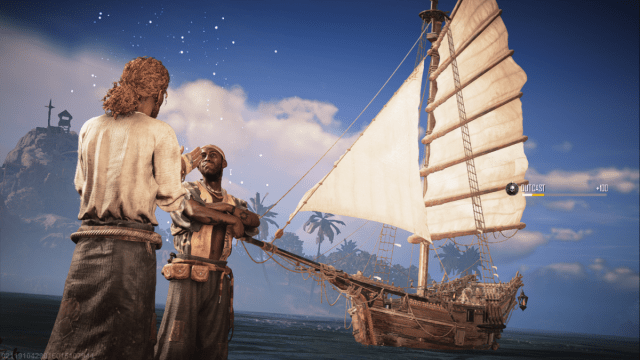
Your first mate, Asnah Yatim, has the most development in your crew, although even she’s restricted to frequently repeated lines regarding her mysterious and unexplained past. Pirate King Scurlock, the quintessential pirate, is the most charismatic character in Skull and Bones but is relegated to a stationary quest giver. Skull and Bones is a game that firmly sets aside the pirate in exchange for the ship.
The land portions of Skull and Bones feel particularly empty. Islands are barren aside from designated quest-givers and merchants and play no small part in Skull and Bones either, as these are often destinations for quests or treasure maps. Without land combat and very circuit-like island map designs, docking my ship in Skull and Bones felt more like a chore than an important gameplay element.
Similar to the fishing horror title Dredge, Skull and Bones suffers from menus that lack clarity. Picking up quests and blueprint orders is a quick way to get an indecipherable map. It’s extremely easy to lose track of your original purpose, especially as the main story is not prioritized.
Skull and Bones is best on the water, but not much else. Flat companions, barebone islands, and complicated menu design make the trade off costly.
A golden age of piracy
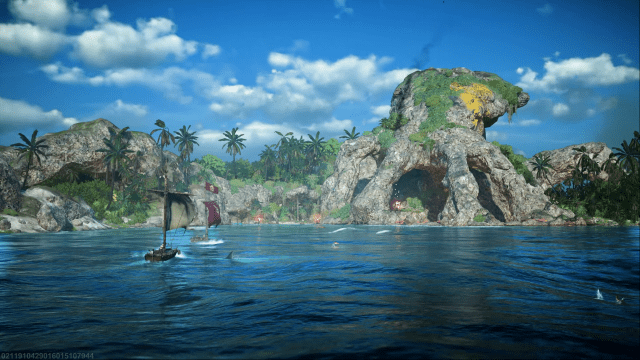
My personal favorite aspect of Skull and Bones is the setting and expansive world. Ranging from Western Africa to the East Indies, you get to experience a wide array of environments, factions, and aesthetics of the golden age of piracy. The French, Swahili, and South East Asian inspirations ground Skull and Bones in the unique historical setting of the Indian Ocean.
Going from Sainte-Anne to Telok Penjarah, the two pirate havens you encounter early on, and crossing the dangerous Open Seas region was the most memorable moment in the game for me. The Open Seas inspired the feeling of a treacherous voyage as your ship takes damage from massive waves and cannonballs from high level ships that snipe from afar. This experience often led me to avoid fast travel, even after I had unlocked it.
Skull and Bones has tight ship play and immersive naval exploration,making it a memorable addition to the pirate genre catalog. While certain gameplay mechanics didn’t pan out well, and the characters largely fell flat, the pirate fantasy on the high seas is still very much alive and well in Skull and Bones.
- Spectacular ship combat and navigation
- Expansive map with diverse settings
- Cinematic gameplay
- Flat characters
- Lackluster island gameplay
- Complicated menus and ship storage
- Underwhelming mechanics (Boarding, pillaging)


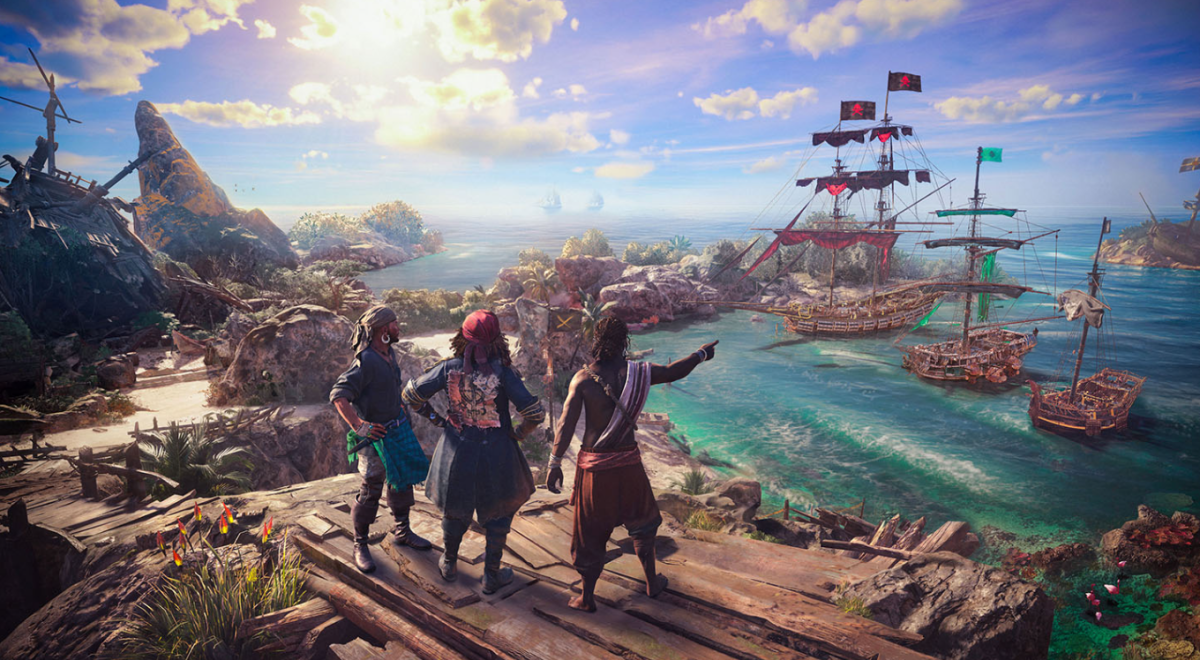

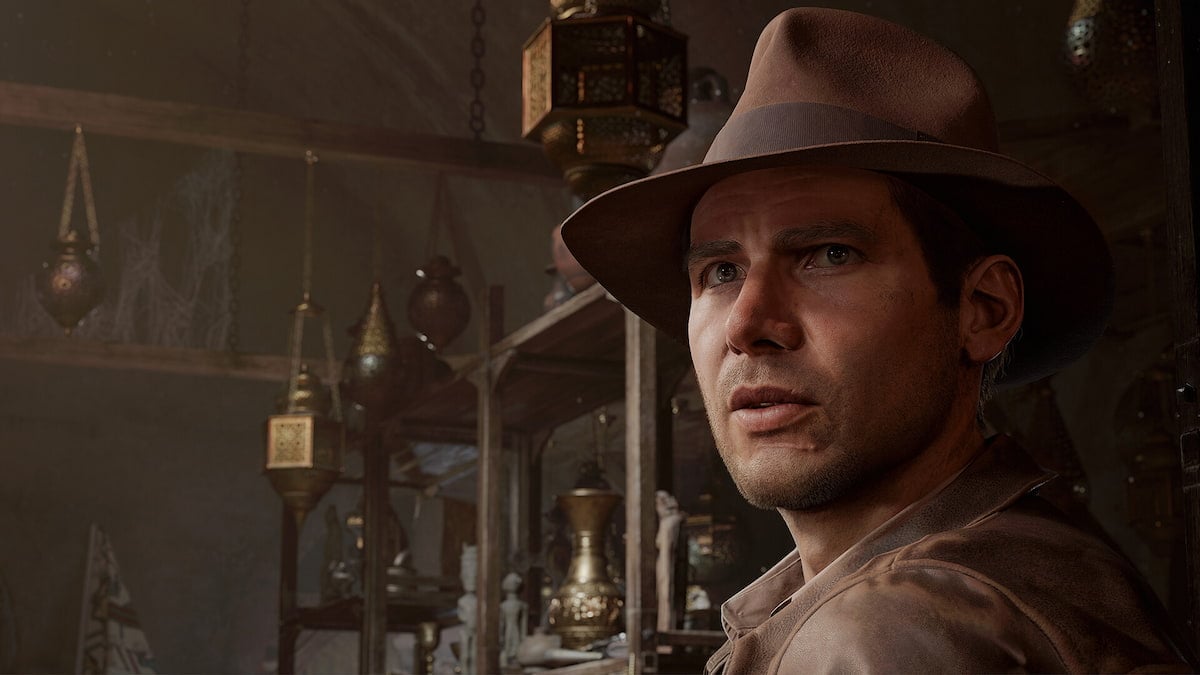
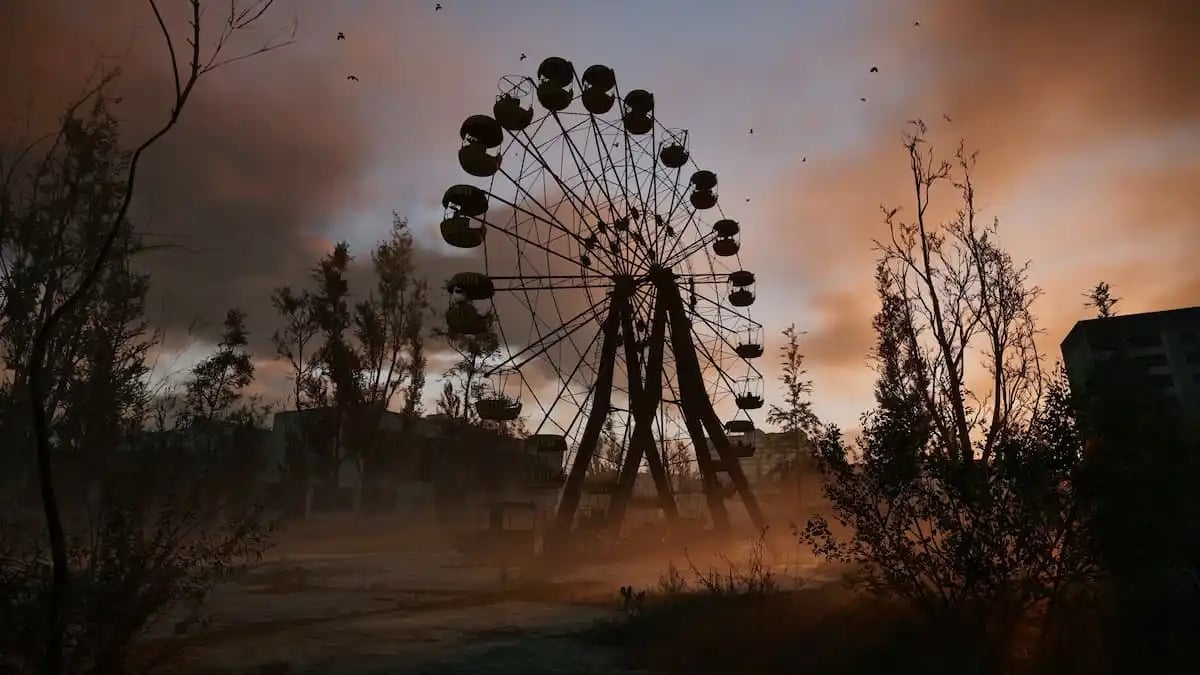

Published: Feb 20, 2024 06:11 am